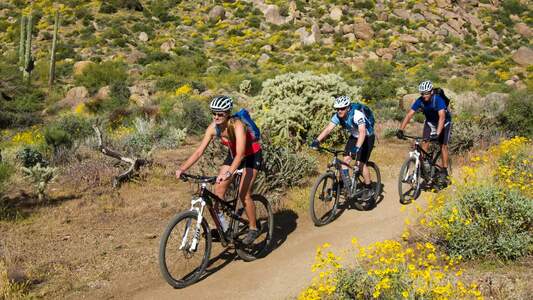A heavy-duty touring bicycle represents the pinnacle of mechanical self-reliance in an era of shifting infrastructure and systemic uncertainty. Unlike mass-produced recreational cycles, a true expedition machine is designed for the preservation of autonomy across thousands of miles. This strategic tool must withstand extreme cargo loads while maintaining a stable and predictable geometry. Every component choice involves a balance between performance and the ability to perform field repairs in remote environments. The objective of such a machine is not merely transportation, but the creation of a reliable mobile platform for long-term survival and exploration.
The structural integrity of the frame serves as the foundation for the entire system. For decades, high-quality steel alloys such as 4130 Chromoly or Reynolds 853 have remained the industry standard for expedition use. Steel provides a unique combination of tensile strength and vibration dampening, ensuring a comfortable ride during twelve-hour segments in the saddle. Furthermore, the metallurgical properties of steel allow for emergency welding in almost any region, a critical feature when far from specialist carbon or aluminium repair facilities. While titanium offers superior corrosion resistance and a lighter weight, its specialist fabrication requirements often make it less practical for truly global transit.
Wheel architecture is perhaps the most frequent failure point in the context of heavily laden travel. A robust touring wheel must prioritise lateral stiffness and spoke longevity over weight savings. Standards for 2024 and 2025 increasingly favour double-walled rims with internal eyelets, such as the Ryde Andra series, which are designed to support higher spoke tensions. A thirty-six or forty-spoke count is essential for distributing the vertical pressure of panniers and equipment. When coupled with high-quality hubs and wide-profile tyres, these wheels provide the stability necessary to navigate broken asphalt or unpaved mountain tracks with precision.
Transmission systems have evolved into two primary schools of thought: the traditional derailleur and the internally geared hub. Standard derailleur systems offer widespread parts availability and high efficiency but remain vulnerable to mechanical impact and environmental contaminants. Conversely, the Rohloff Speedhub 500/14 represents the current zenith of independent gearing. By sealing all fourteen speeds within an oil-bathed aluminium shell, this unit eliminates the risk of bent hangers or tangled chains. This design allows for gear shifting while stationary, a significant advantage when initiating a climb with a forty-kilogram load. Although the initial investment is substantial, the reduction in maintenance requirements makes it a superior choice for transcontinental expeditions.
Braking strategy requires a cautious evaluation of stopping power versus serviceability. Hydraulic disc brakes provide unmatched modulation and power, yet they involve a complex system of seals and fluids that can be difficult to bleed in a wilderness setting. For this reason, many experienced adventurers still opt for mechanical disc brakes, such as the TRP Spyre or Avid BB7. These units utilise standard steel cables that are easily replaced with basic tools. This manual interface ensures that the cyclist maintains direct control over the braking mechanism without the risk of hydraulic failure. Regardless of the specific system, the use of larger rotors is recommended to manage the heat generated during long alpine descents.
Strategic mounting points and cargo distribution are central to the ergonomics of a touring bicycle. A frame should feature multiple braze-on bosses to accommodate high-capacity racks, fenders, and multiple water containers. Properly distributing the load between front and rear panniers ensures that the centre of gravity remains low, preventing dangerous speed wobbles at high velocity. The selection of a saddle, such as a traditional leather Brooks B17, further contributes to long-term comfort by conforming to the unique anatomy of the rider over time. These ergonomic details are not mere luxuries but are essential components of a system designed to prevent fatigue and joint injury.
Ultimately, the refinement of a touring bicycle is an ongoing process of adaptation and expertise. Each modification should serve the primary goal of increasing the reliability and utility of the machine. As global systems become more fragmented, the ability to travel under one's own power becomes a vital strategic asset. A well-constructed bicycle is more than a vehicle; it is a testament to the human capacity for self-directed movement and resilience. By prioritising mechanical simplicity and structural durability, the modern adventurer ensures that the journey is defined by a consistent state of discovery.

